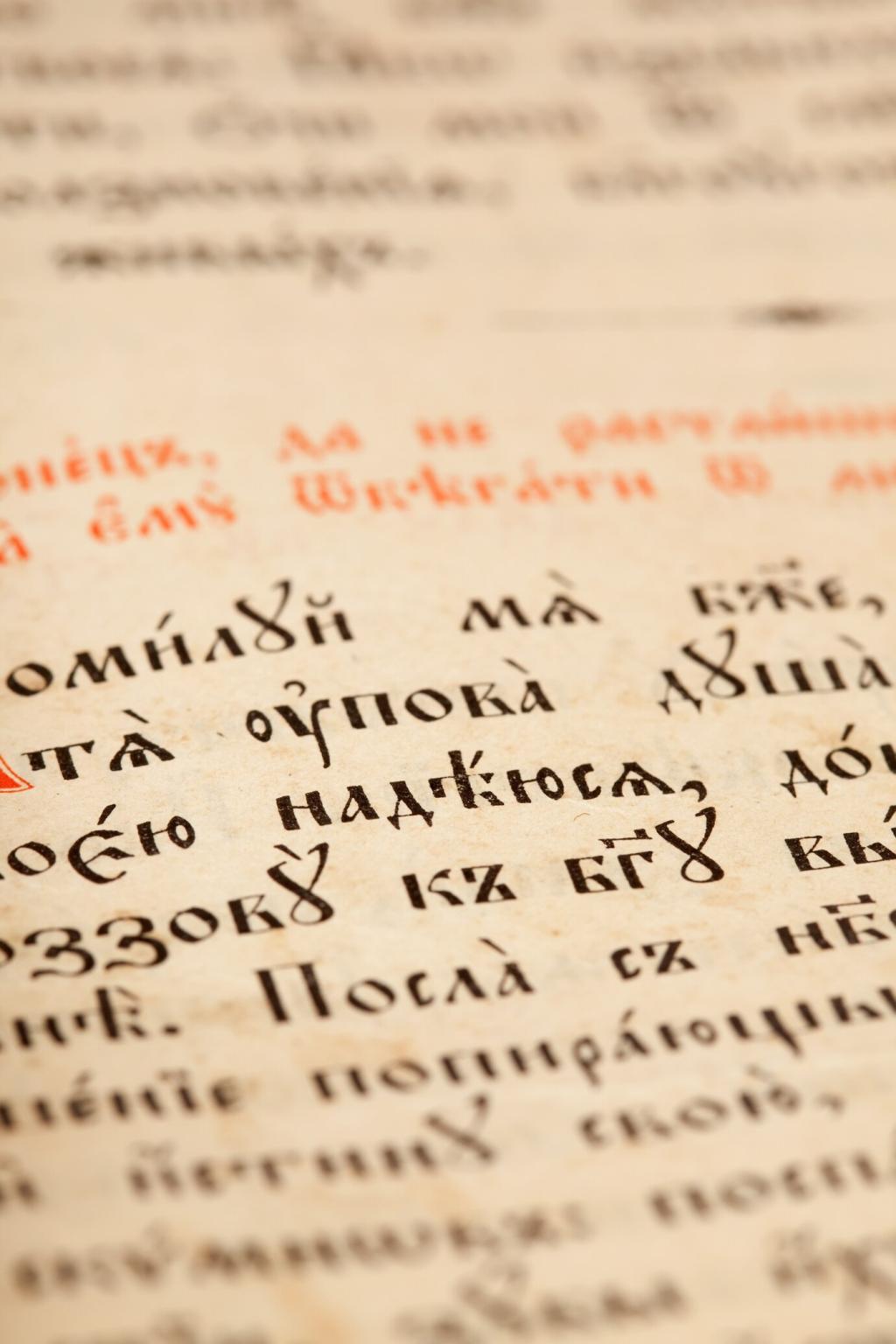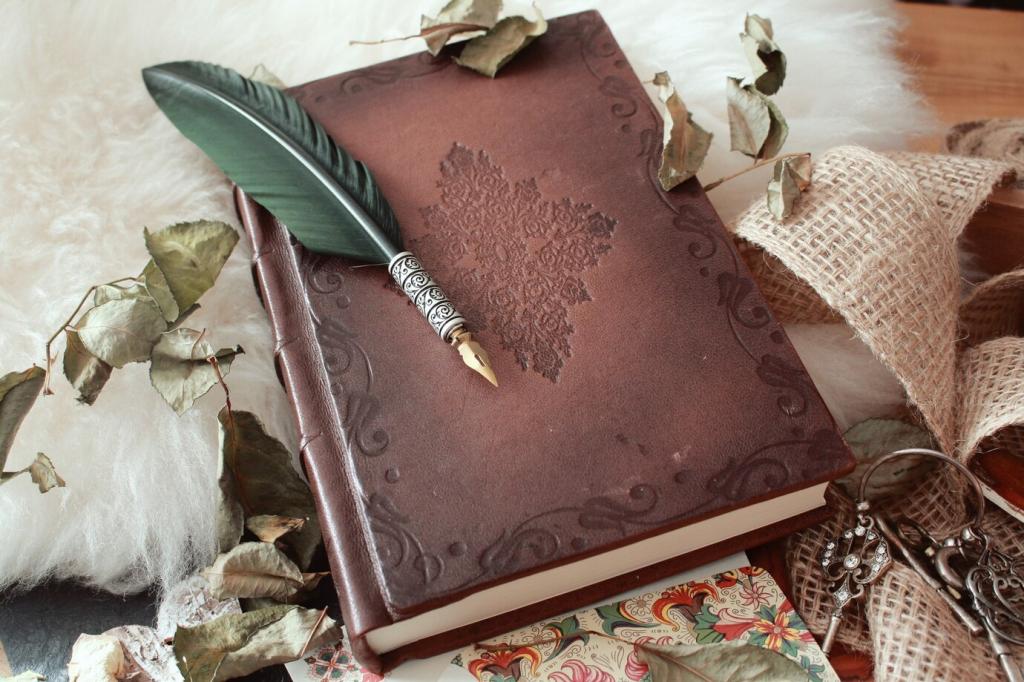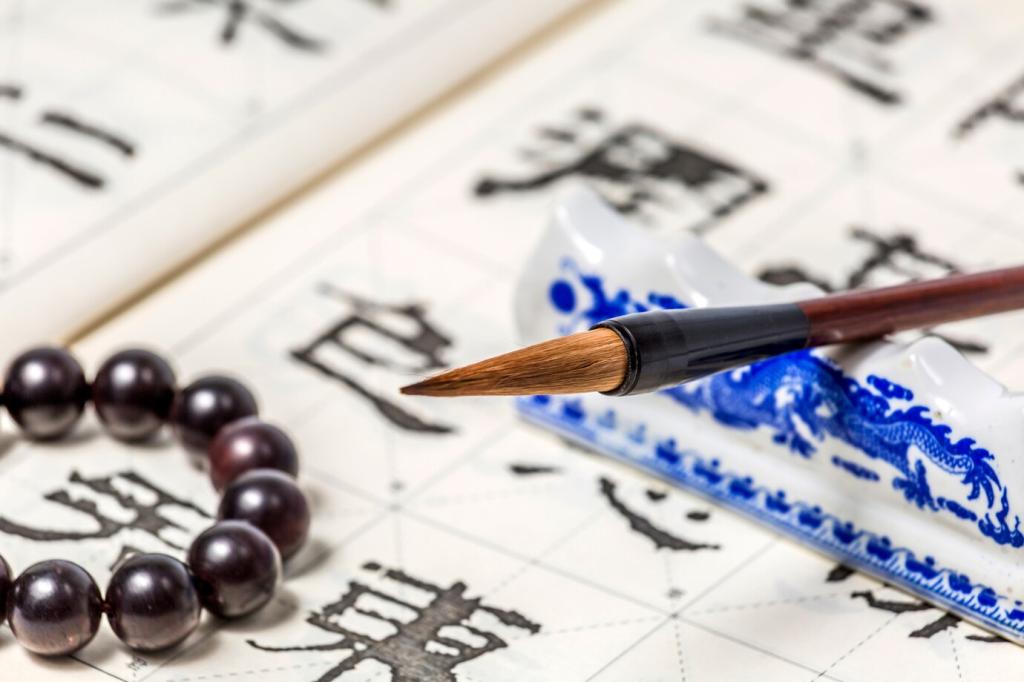Illumination Essentials: Knots, Spirals, and Creatures
Begin with a pencil grid and trace an over-under path, marking crossings lightly before inking. Keep strand widths consistent to maintain calm complexity. Start with a square knot border, then vary corners. Share your cleanest knot and tell us which tale its pattern was meant to honor.
Illumination Essentials: Knots, Spirals, and Creatures
Celtic spirals suggest growth and return. Sketch them as expanding breaths, not stiff geometry. Use them to frame initials referencing rebirth legends. Experiment with triple-spiral arrangements to echo triadic motifs. Comment with your spiral studies and any insights on spacing that invite the eye to wander gracefully.





